|
30th May 2021 It's a Sunday and I'm logged on to Board Game Arena on my PC, time for the first game of the night. Monk Tybor Kwelein had spent his life cataloguing the 4 kingdoms of plants, fungi, insects and animals in the pages of the titular Codex Naturalis. Now he is no longer with us, will one-to-four other people take up the mantle and carry on his work in the form of a neat little card game. What's in a game? Codex Naturalis is a card game and unsurprisingly, has a lot of cards. All the cards are about half the size of normal playing cards which is sensible, as otherwise the game would have a massive footprint, most of the cards share some similar features.
The scoring board and tokens are pretty standard quality game components and perfectly acceptable. The cards feel very thick and sturdy (Maybe because of the smaller size?) and seem to be made to a high standard, all the gold cards and numerous resource cards are embossed in actual gold foil, which is a really nice touch and despite their small size, most of the cards all have charming, highly detailed monochrome illustrations themed by their colour. Finally, all the cards are coated in a glossy finish. The only criticism I have is of the small symbols at the bottom of the gold cards, they are quite small and some players have complaint that it can be hard to discern between the symbols, particularly the blue and the green. Otherwise, these are some of the highest quality card components I've seen and it all comes wrapped up in a compact tin. How's it play? Setup
The objective in Codex Naturalis is to create an expanding spread of overlapping cards in their playing area. The basic process of actions to achieve this in Codex Naturalis is simple, a player plays a card, then draws a card, of course there's more to it than that.
points, this card probably scores the most if you can manage to fill the doughnut hole!
Play continues one player's score reaches 20 or more, then the endgame is triggered. Endgame After the endgame is triggered, the current round is completed, then one final round is played. After this, players count the score from the cards they've played and then calculates the score they get from completing both common objectives and their secret objective. Score are tallied and highest score wins! Overall
Codex Naturalis has simple rules, but also a fairly deep level of gameplay. Despite only having a hand of 3 cards, players are given a wide variety of choices and strategies to pursue when placing cards. A lot of this comes from the objectives, you'll obviously need to play gold cards to score but it's important not to ignore objectives, scoring from the gold cards will generally put your score into the low-to-mid 20s, but objectives which are scored after the end and can push your score higher, especially since they can be scored multiple times. That everyone has a secret objectives means that the final outcome is not known until the final scoring and keeps the stakes high. Players must also learn to manage their hands and objectives, there are 4 colours of card, but only 2 of each type of card is ever displayed face-up, it's likely that player's won't always see the cards they need. Codex Naturalis can also give players agonizing choices because they'll frequently be given the option to cover up a resource or objective symbol with the corner of another card. When that symbol is covered up, it's gone for the rest of the game, forcing players to choose which to prioritise. Only symbols that appear in the middle in of a card cannot be covered. Finally, because face-up cards never have more than 3 visible corners, players will need to think how to place cards with future placement in mind, the visible corner of a card can be 'locked' by placing another card with a hidden corner adjacent to it. This essentially ends that line of expansion, which can limit options later on. Codex Naturalis is a little too long for a filler and perhaps a little too short for a main game, which is only a minor quibble really. Otherwise, I found it to be a solid, easy-to-learn, mid-to-light game with good replay value and high production values. Definitely worth a try.
0 Comments
Leave a Reply. |
AuthorI play, I paint. Archives
March 2024
Categories
All
|

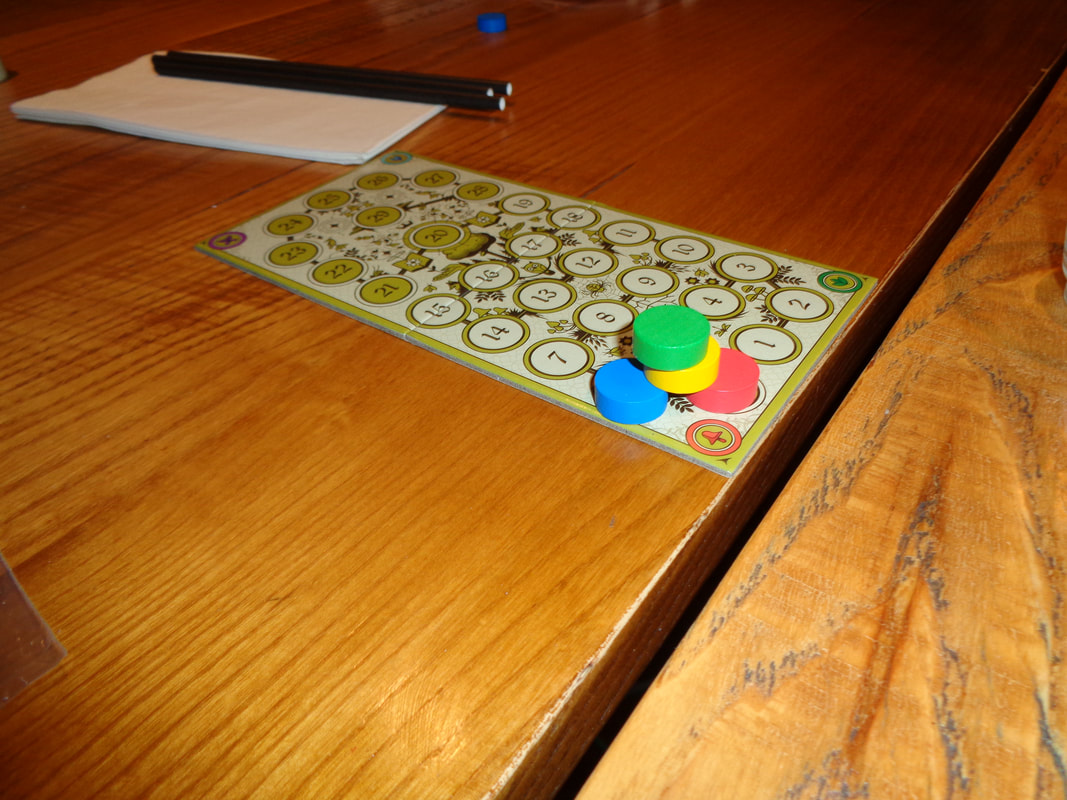
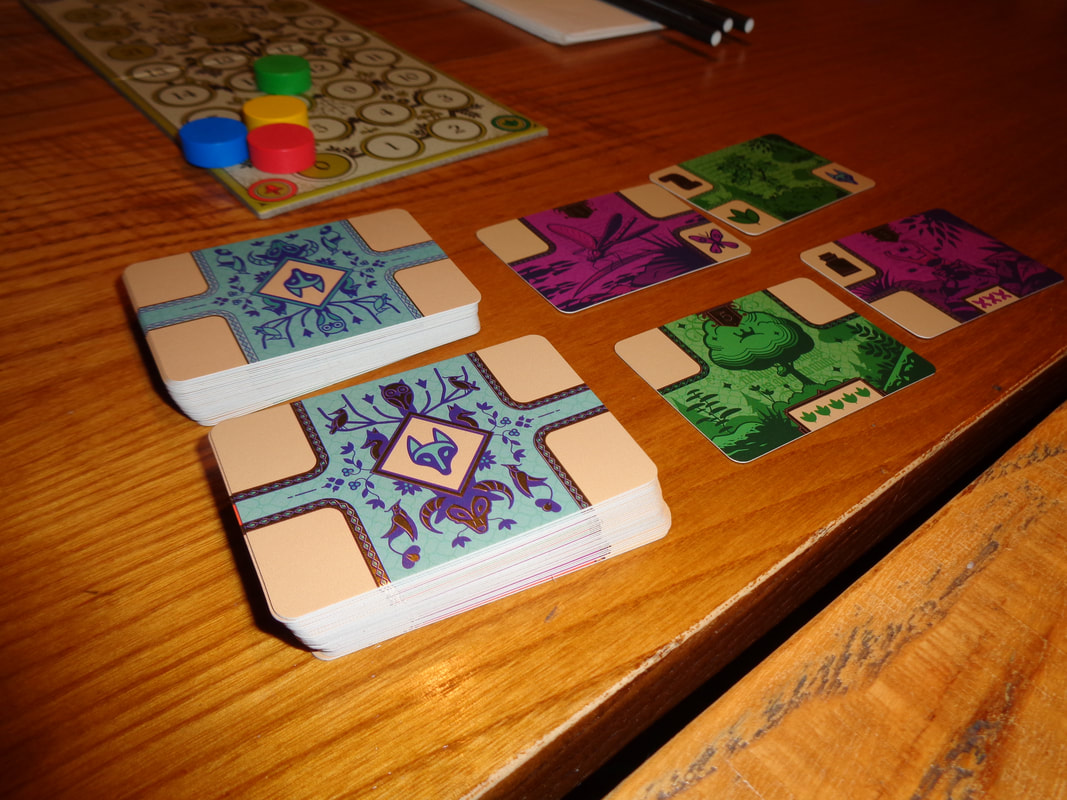
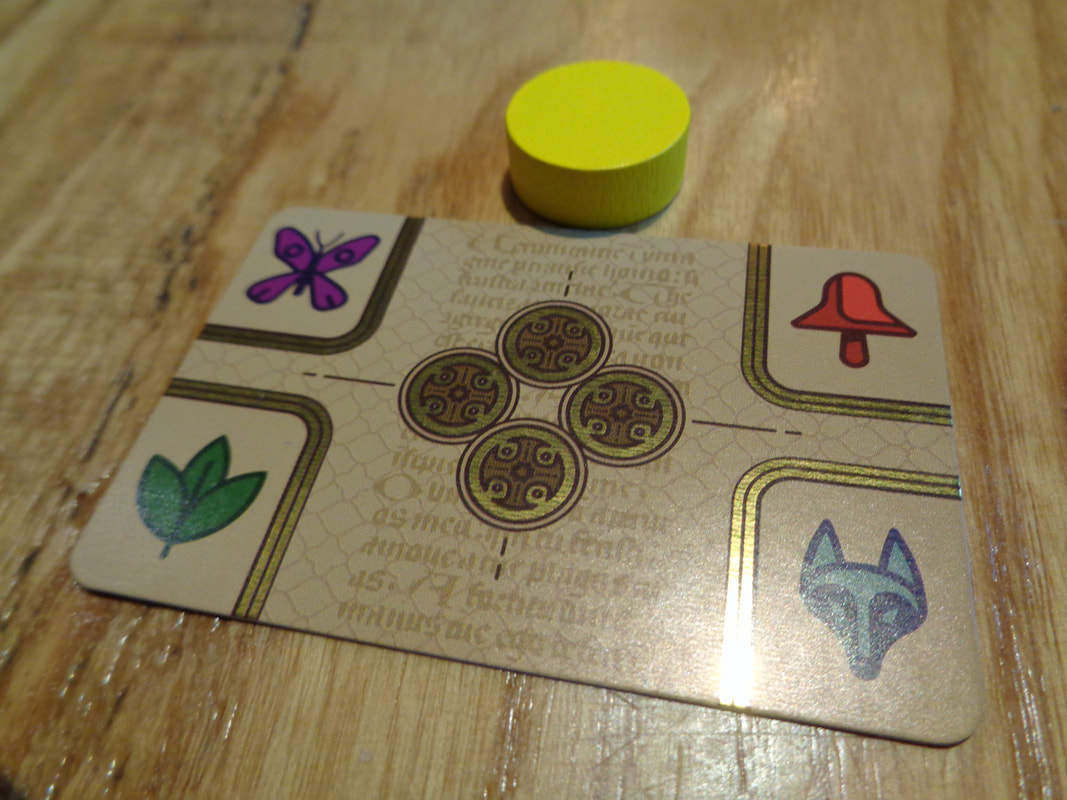
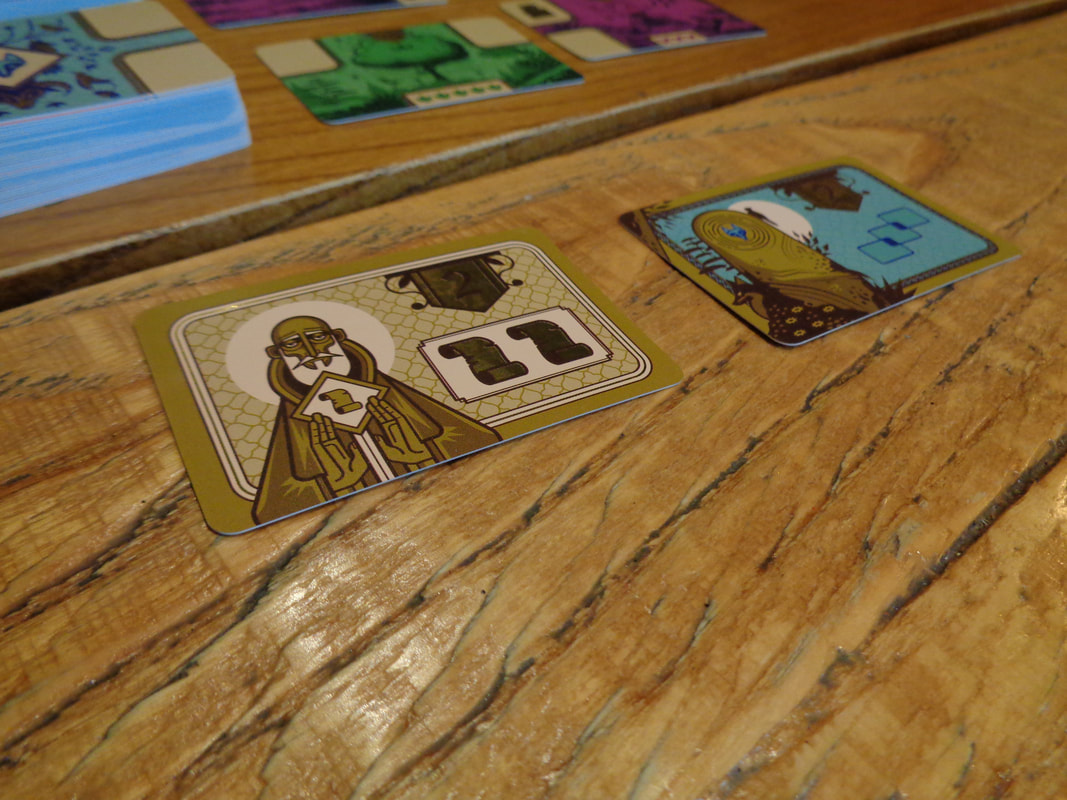
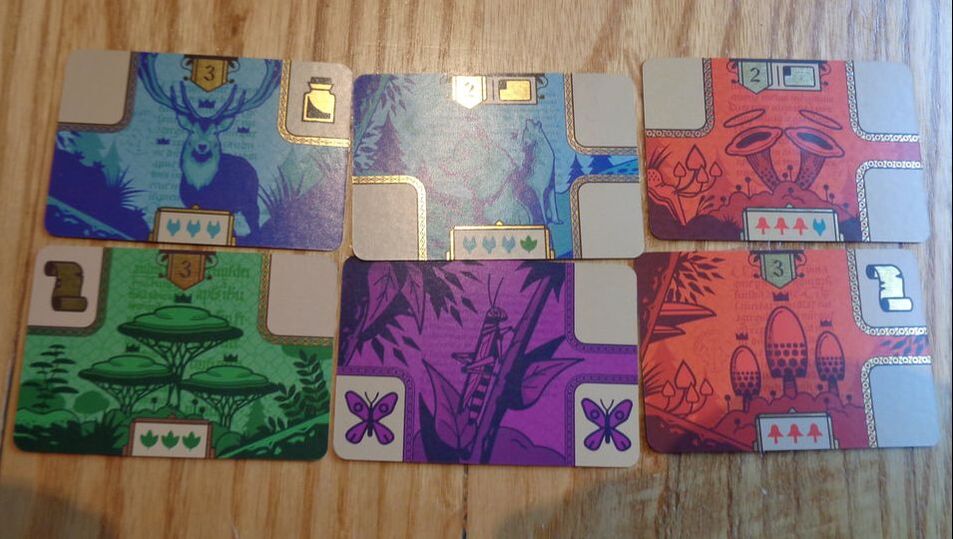
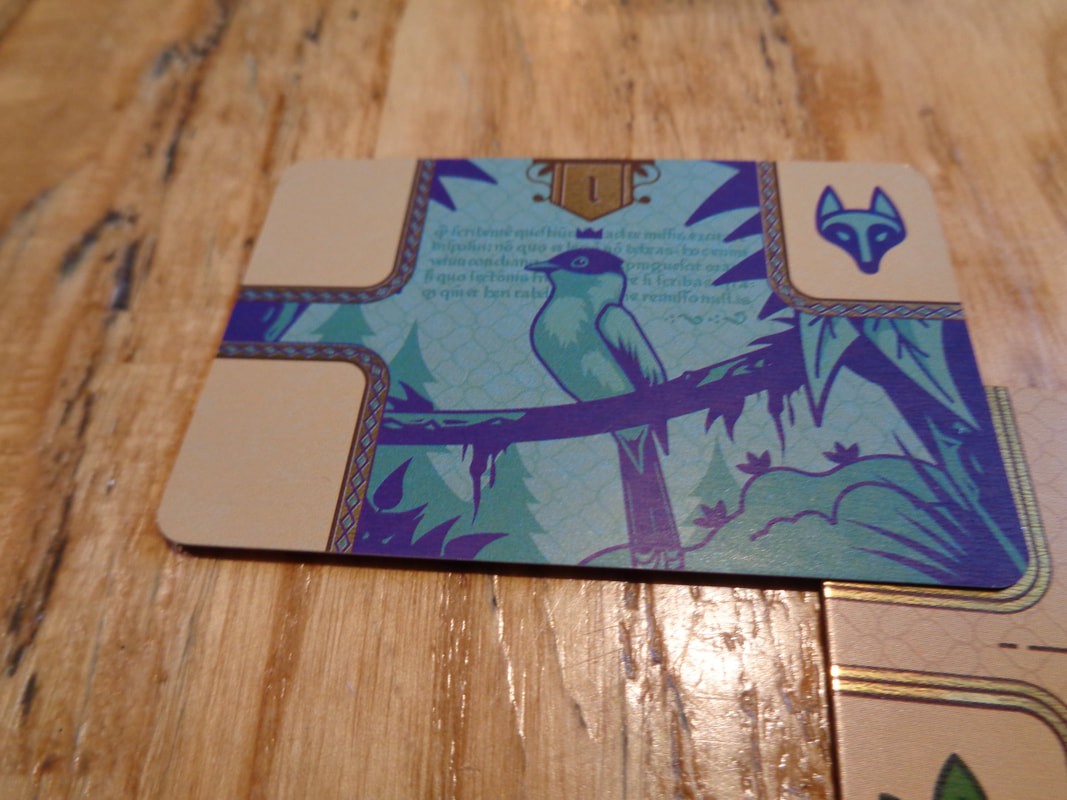
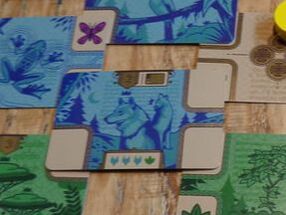
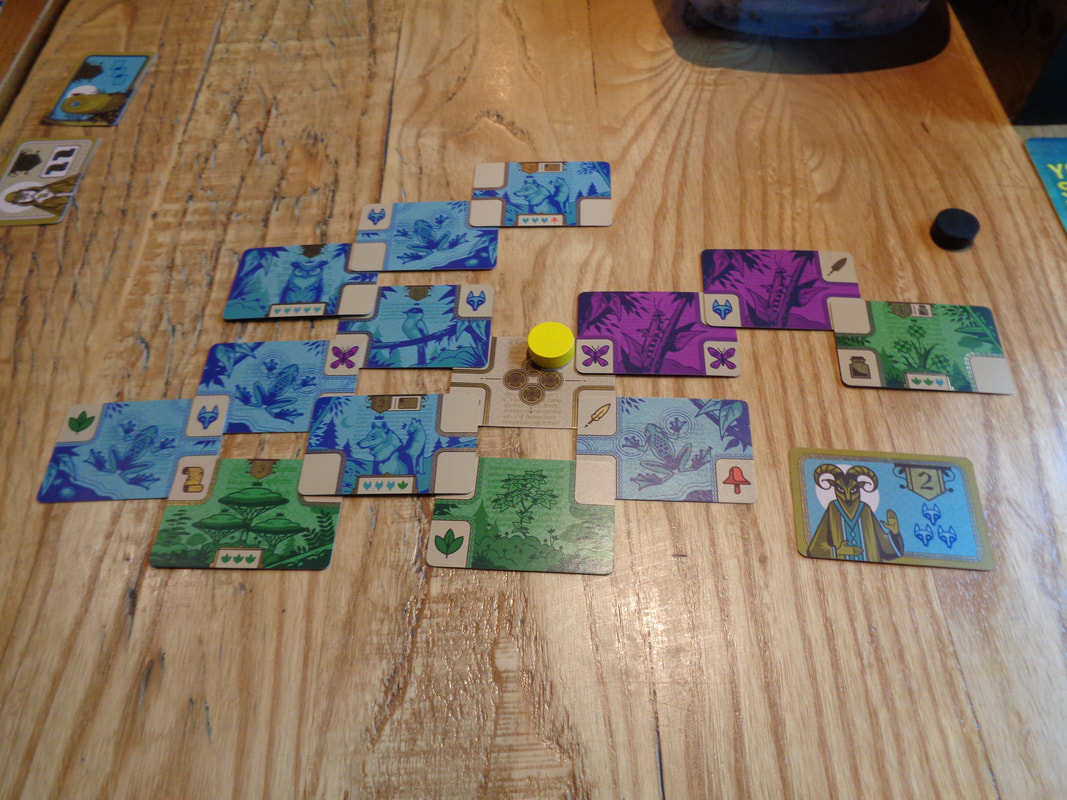
 RSS Feed
RSS Feed
